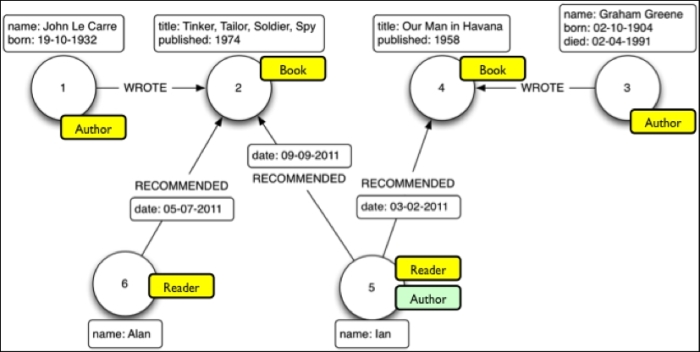In this chapter, we will get started with some graph database modeling in Neo4j. As this type of modeling can be quite different from what we are typically used to with our relational database backgrounds, we will start by explaining the fundamental constructs first and then explore some recommended approaches.
We will cover the following topics in this chapter:
Modeling principles and how-to's
Modeling pitfalls and best practices



